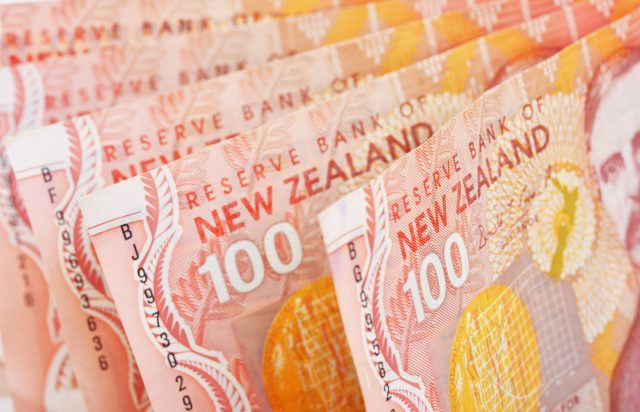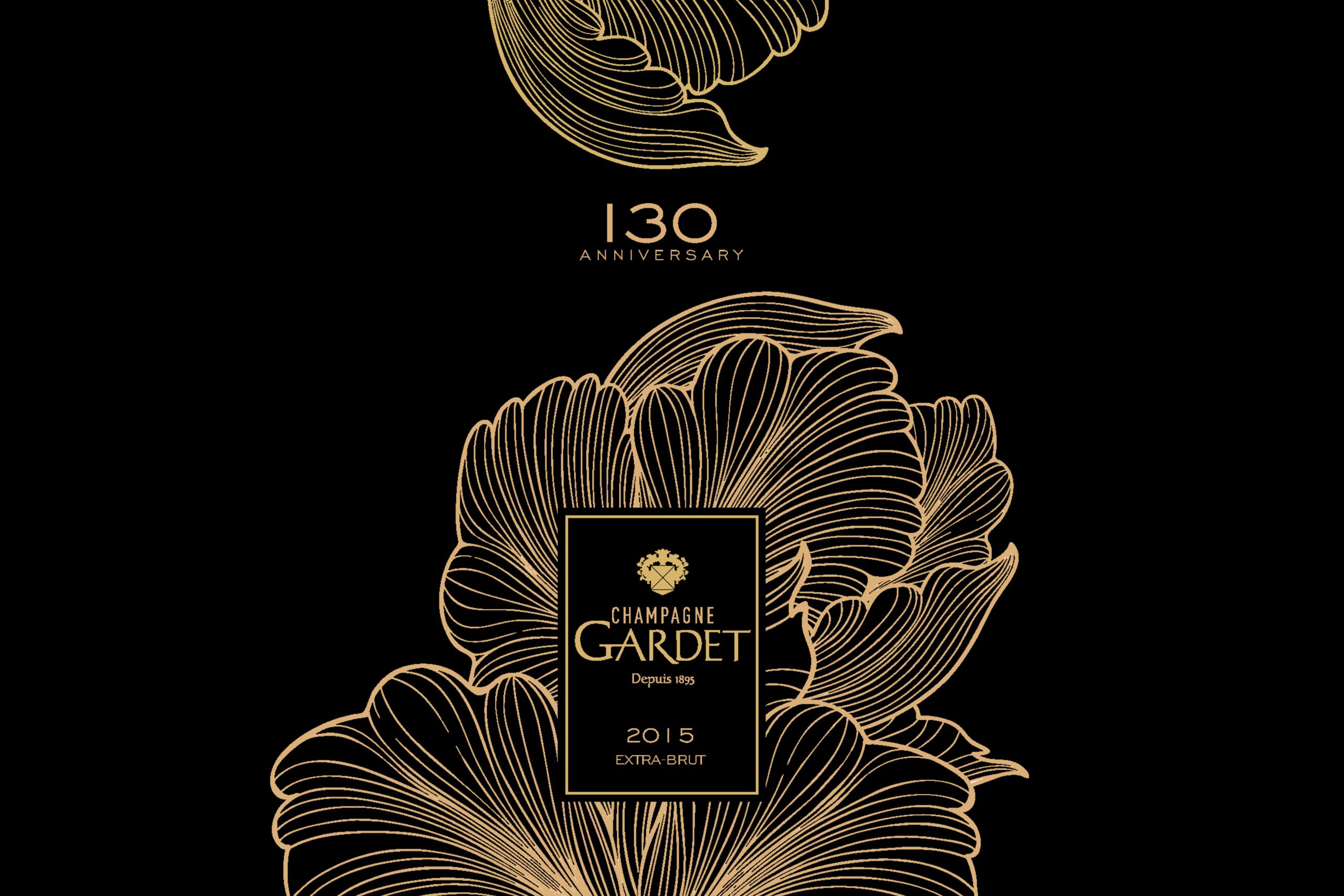How much is the New Zealand wine business worth?
By Sarah NeishAccording to the latest accounts for New Zealand Winegrowers and its subsidiaries, the operating income for the country’s wine trade leapt by 28% during the last year.

It has not been an easy year for wine producers in New Zealand.
Cyclone Gabrielle, which struck the country’s North Island in February, caused an estimated NZ$13.5 billion ($8.42 billion) worth of damage to vineyards and resulted in a 6% drop in wine production for the 2023 vintage.
Trade body New Zealand Winegrowers said that its best estimate is that “up to 20,000 tonnes of grapes may have been lost due to the cyclone and related weather events.”
However, despite that climatic curve ball, the country’s wine industry appears to be in rude health.
This is largely thanks to the increased prices that New Zealand producers are charging for their wine, and the fact that consumers are prepared to pay them. Having hiked its wine prices considerably, the country saw its biggest-ever yearly jump in value (23%) to the year ending 30 June 2023.
Partner Content
According to the latest accounts for New Zealand Winegrowers and its subsidiaries, NZW Research Centre Limited, trading as BRI, and GVI Limited Partnership (GVI LP), the country’s wine trade is worth NZ$21.7 million in terms of operating income.
According to audited financial statements for the year to the 30 June 2023, around NZ$8.1m of this total operating income was wine levy (up 15% on the same period last year); grape levy represented NZ$4.5m (no change from previous year); while marketing user pays was NZ$0.6m (up 84% on last year), which included marketing events in New Zealand and overseas.
Around NZ$1m was generated by biosecurity.
Overall, the New Zealand wine trade has approximately NZ$14.3m worth of assets and reserves, including around NZ$4.8 million of ‘fixed assets’ in the form of state-of-the-art winery equipment.
During the 12 months to the end of June, the country spent NZ$1.3m on renewing its Geographical Indications, which include Bannockburn (registered as a GI in 2022), Central Otago, Gisborne and Gladstone to name just a few. The protection of these geographical indications was an “essential outcome” of the free trade agreement that New Zealand signed with the EU in July this year.
In the year leading to the end of June, New Zealand has become “the most export-focused of all the world’s wine industries”, with almost 90% of its wine sales occurring outside of New Zealand.
Related news
The winemaking nations hit hardest by Trump tariffs
Hospices de Nuits-Saint-Georges auction: bucking the trend
‘Liberation Day’ or liquor lockdown? Trump’s tariffs rattle the wine & spirits world




